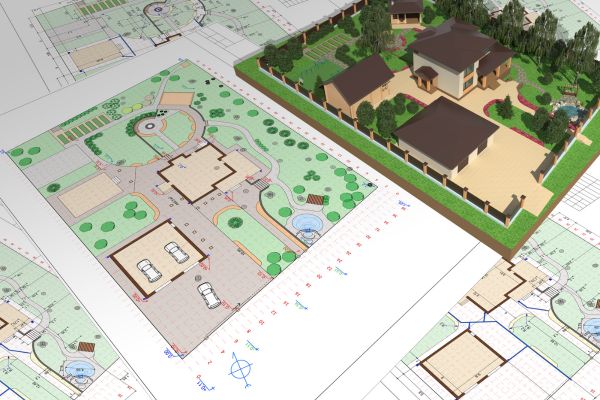According to Land Law 2024, land for intensive farming belongs to which category of land? What are regulations on land for intensive farming in Vietnam under the Land Law 2024?
According to Land Law 2024, land for intensive farming belongs to which category of land?
At Clause 2, Article 9 of the Land Law 2024, land classification is stipulated as follows:
Land Classification
1. Based on the purpose of use, land is classified into agricultural land, non-agricultural land, and unused land.
2. Agricultural land includes the following types of land:
a) Land for annual crops, including rice cultivation land and land for other annual crops;
b) Land for perennial crops ;
c) Forestry land, including special-use forest land, protection forest land, and production forest land;
d) Aquaculture land;
dd) land for intensive farming;
e) Salt production land;
g) Other agricultural land.
...
According to the above regulation, the Land Law 2024 classifies land for intensive farming as agricultural land.

According to Land Law 2024, land for intensive farming belongs to which category of land? (Internet image)
What are regulations on land for intensive farming in Vietnam under the Land Law 2024?
According to Article 183 of the Land Law 2024 on land for intensive farming in Vietnam:
Land for intensive farming
1. Land for intensive farming is land used for the construction of livestock farms in separate areas as prescribed by the law on livestock.
2. The use of land for intensive farming must comply with the following regulations:
a) Implement environmental protection measures, waste management, and other measures so as not to affect land users in the area and surroundings;
b) In case of using land for intensive farming with the construction of structures attached to the land, the regulations of the law on investment and construction must be adhered to.
3. Economic organizations and individuals are granted land by the State, leased land, received land use rights transfers, leased land use rights, and contributed land use rights as capital to implement concentrated livestock investment projects.
4. Overseas Vietnamese and foreign-invested economic organizations are leased land by the State, and they are allowed to contribute land use rights of economic organizations as prescribed by the law to implement concentrated livestock projects.
Clause 2, Article 183 of the Land Law 2024 regulates land for intensive farming as follows:
- land for intensive farming is used for the construction of livestock farms in separate areas as prescribed by the law on livestock.
- The use of land for intensive farming must comply with the following regulations:
+ Implement environmental protection measures, waste management, and other measures so as not to affect land users in the area and surroundings;
+ In case of using land for intensive farming with the construction of structures attached to the land, the regulations of the law on investment and construction must be adhered to.
- Economic organizations and individuals are granted land by the State, leased land, received land use rights transfers, leased land use rights, and contributed land use rights as capital to implement concentrated livestock investment projects.
- Overseas Vietnamese and foreign-invested economic organizations are leased land by the State, and they are allowed to contribute land use rights of economic organizations as prescribed by the law to implement concentrated livestock projects.
What are the responsibilities of state management related to land in Vietnam under the Land Law 2024?
According to Article 20 of the Land Law 2024, state management responsibilities related to land in Vietnam include:
(1) Promulgating and implementing legal documents on land management and use.
(2) Propagating, disseminating, educating, training, conducting scientific research, developing technology, and engaging in international cooperation in land management and use.
(3) Determining administrative boundaries and managing administrative boundary records.
(4) Measuring, modifying, and mapping cadastral maps, current land use maps, land use planning maps, and specialized maps on land management and use.
(5) Investigating, evaluating, protecting, refurbishing, and rehabilitating land.
(6) Preparing, adjusting, and managing land use planning and plans.
(7) Allocating land, leasing land, reclaiming land, recognizing land use rights, requisitioning land, and changing land use purposes.
(8) Investigating, establishing land price tables, specific land prices, and managing land prices.
(9) Administering financial policies related to land.
(10) Compensating, supporting, and relocating when land is reclaimed or requisitioned.
(11) Developing, managing, and exploiting the land fund.
(12) Registering land, preparing, and managing cadastral files; issuing, amending, revoking, and canceling land use right certificates.
(13) Conducting land statistics and inventories.
(14) Establishing, managing, and exploiting the National Land Information System.
(15) Managing and supervising the implementation of rights and obligations of land users.
(16) Resolving land disputes; handling complaints and denunciations related to land.
(17) Providing and managing public land service activities.
(18) Inspecting, examining, monitoring, evaluating, and handling violations of land law compliance.
LawNet